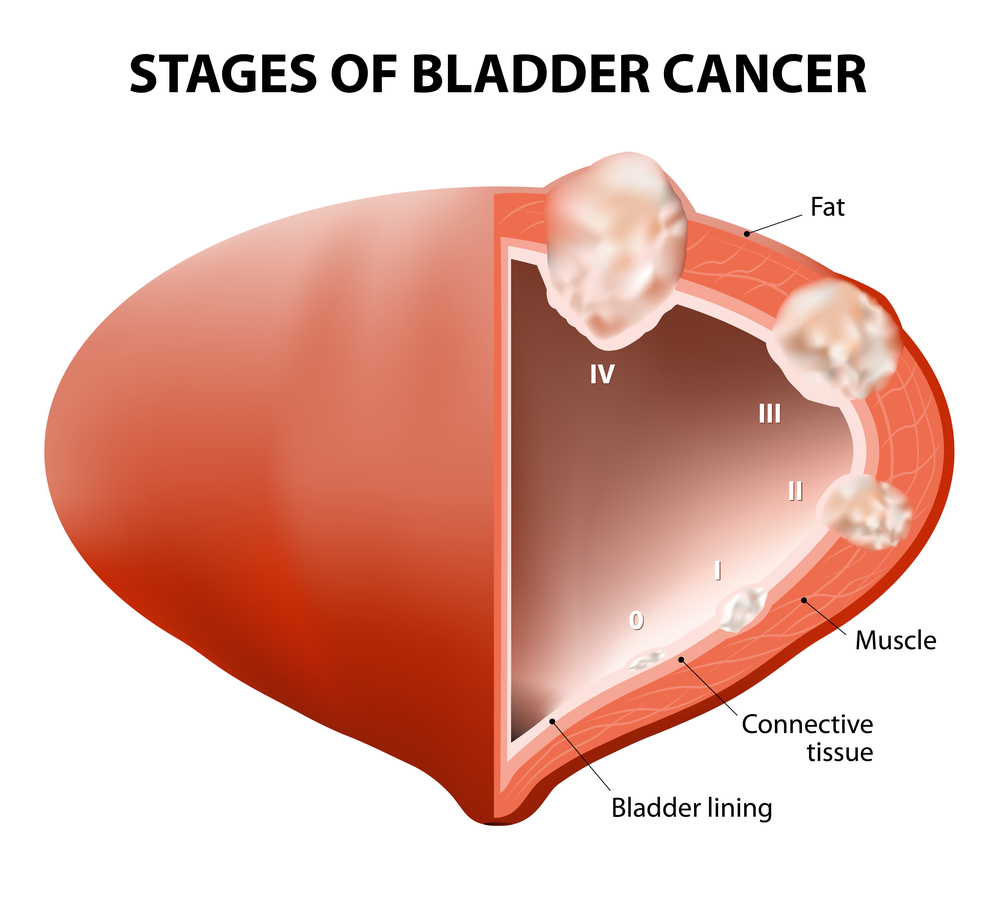Understanding the Top 4 Critical Factors Influencing Bladder Cancer Risk
This comprehensive article explores the four main risk factors influencing bladder cancer development. It delves into how chronic inflammation, dehydration, arsenic exposure, and congenital abnormalities contribute to the disease. By understanding these factors, individuals and healthcare providers can implement preventative measures, promote early detection, and improve treatment outcomes. The article emphasizes lifestyle adjustments, environmental safety, and medical vigilance for reducing the risk associated with bladder cancer, providing valuable insights into this common malignancy.

Understanding the Top 4 Critical Factors Influencing Bladder Cancer Risk
Bladder cancer is one of the most common malignancies worldwide, ranking as the fourth most frequently diagnosed cancer. Each year, approximately 68,000 new cases are identified globally, affecting a diverse demographic span but predominantly impacting older men. Despite its prevalence, early detection and understanding of risk factors significantly improve treatment outcomes and patient prognosis. The disease develops when normal bladder cells undergo abnormal and uncontrolled growth, forming tumors that may invade adjacent tissues and, in advanced stages, metastasize to other parts of the body. The bladder's role as a storage organ for urine makes it vulnerable when its cellular integrity is compromised, especially under certain environmental and lifestyle influences.
Early symptoms like hematuria (blood in urine) often lead to diagnosis, enabling timely intervention. Several factors have been identified that increase the likelihood of developing bladder cancer. Recognizing these risk factors is essential for both prevention and early diagnosis, ultimately reducing mortality associated with this disease. Here, we delve into the four most significant risk factors contributing to bladder cancer development.
Chronic Bladder Irritation and Infections: Persistent inflammation within the bladder lining is strongly associated with an increased risk of carcinogenesis. Conditions such as recurrent urinary tract infections, long-term catheterization, and bladder or kidney stones create a persistent inflammatory environment conducive to cellular mutations. Additionally, parasitic infections like schistosomiasis, particularly common in regions with endemic parasitic diseases, are well-documented risk factors. Chronic irritation leads to cellular DNA damage, promoting mutations that can eventually result in malignant transformation of bladder tissues.
Inadequate Fluid Intake: Hydration plays a crucial role in maintaining urinary tract health and flushing harmful substances from the bladder. A diet low in fluids reduces the frequency of bladder emptying, allowing carcinogenic chemicals and toxins to linger longer in the urinary system. This prolonged exposure increases the likelihood of these substances interacting with and damaging the bladder lining. Evidence suggests that increasing daily fluid consumption, especially water, helps dilute urine, decreasing the concentration of potential carcinogens and lowering bladder cancer risk.
Exposure to Arsenic in Drinking Water: Arsenic is a naturally occurring element found in some groundwater sources, especially in specific geographical regions. Chronic exposure to arsenic in drinking water has been linked to a higher incidence of bladder cancer. The carcinogenic effect stems from arsenic's ability to induce DNA damage, promote oxidative stress, and interfere with cellular repair mechanisms. Populations consuming water contaminated with high arsenic levels — notably in parts of Bangladesh, Taiwan, and certain areas in the United States — demonstrate a significantly elevated risk. Monitoring water quality and implementing filtration systems can mitigate this environmental risk.
Birth Defects Involving the Bladder: Congenital abnormalities such as bladder exstrophy, urachal remnants, or other developmental malformations of the urinary tract are rare but recognized risk factors. These structural anomalies may predispose individuals to cellular anomalies or chronic irritation, subsequently increasing the likelihood of malignant changes over time. Early diagnosis and management of birth defects are important steps in reducing the long-term risk of bladder cancer in affected individuals.
**Summary:** Bladder cancer remains a significant health concern with various contributing factors. Understanding the roles of chronic inflammation, hydration status, environmental toxins like arsenic, and congenital anomalies can help in early detection and prevention strategies. Lifestyle modifications, awareness of environmental risks, and regular medical checkups are vital components in reducing the burden of bladder cancer. Advances in research continue to uncover new insights into its pathogenesis, paving the way for improved screening, targeted therapies, and public health interventions aimed at reducing incidence rates worldwide..





